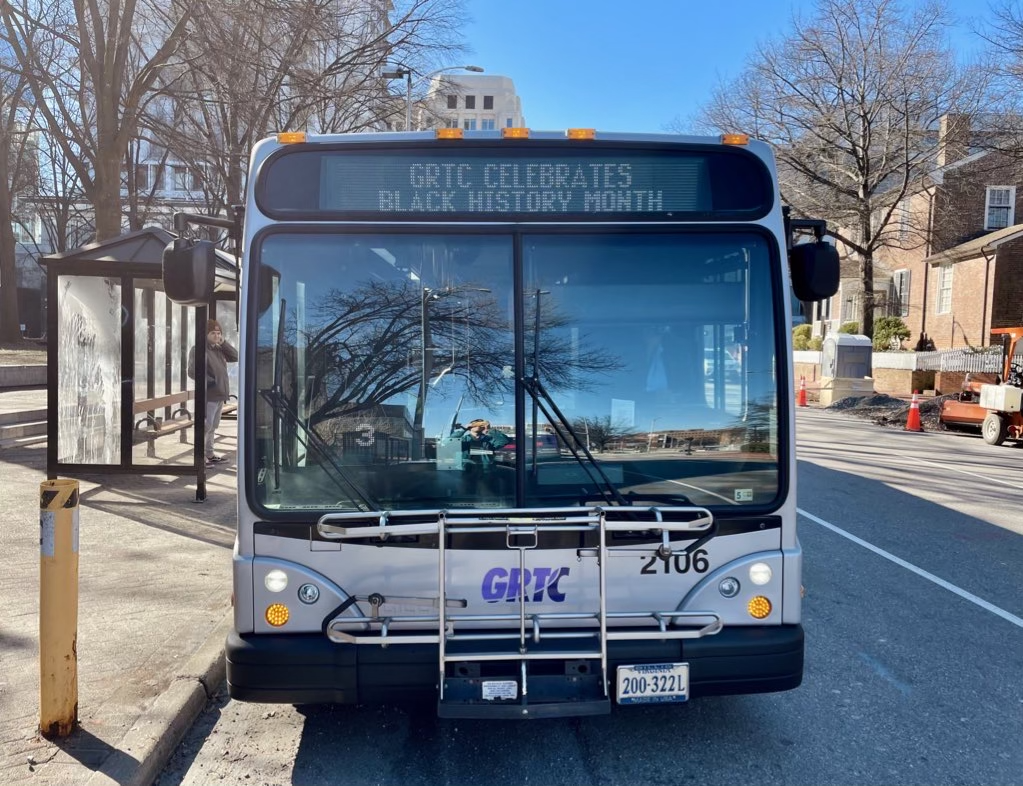Bill of the Day: Transit Ridership Incentive Program (TRIP)
*Updated on March 3rd, 2022.
TRIP: What is the Transit Ridership Incentive Program?
The General Assembly established TRIP as part of the 2020 Transportation Omnibus Package. TRIP provides grants to transit agencies for one of two purposes: to improve regional transit connectivity and to reduce barriers to transit access by supporting low-income and zero-fare programs.
Currently, TRIP limits funds for low-income and zero-fare transit to 25% of the program, while 75% is set aside for regional connectivity. However, this formula does not match current public transit demand. In the first round of funding distributed last year, the Department for Rails and Public Transit (DRPT) received far more applications for reduced-fare programs than for expanding regional connectivity. The high demand for reduced and zero-fare funding is in part due to transit riders’ changing needs during the pandemic as many essential workers have faced economic uncertainty and hardship.
By allowing for more flexibility, more funding can go towards zero-fare initiatives, a proven method to increase ridership. For example, in Richmond, enacting zero-fare transit has boosted the Greater Richmond Transit Company’s ridership above pre-pandemic levels. The DASH bus system in Alexandria has similarly enjoyed a ridership surge after announcing city buses would remain free through at least 2025. For more background, see Our Common Agenda policy paper, “Guaranteeing Transit Equity.”
Legislation Supporting TRIP’s Zero-Fare Transit
Two bills address TRIP’s funding distribution problem this General Assembly session. Senate Bill 342 and House Bill 142 make TRIP funding more flexible to better accommodate the needs of Virginians. Both bills ensure the needs of transit providers and riders are met and that program funds are effectively used.
Delegate McQuinn
This bill sets a 25% minimum on the use of TRIP funds for both regional connectivity and fare programs, allowing DRPT flexibility in the distribution of the remaining 50%.
Senator Barker
This legislative proposal similarly ensures a minimum of 25% of funds are directed to low-income and zero-fare programs. The remaining 75% of funds can be flexibility allocated between the two programs.
Take Action
HB142 passed the Senate (30-yes, 10-no) and SB342 passed the House of Delegates (80-yes, 19-no)! Both bills are on their way to the Governor’s desk to become law! Thank you to our many partners advocating for investments in zero-fare transit, including SELC and Virginia Interfaith Power & Light.

